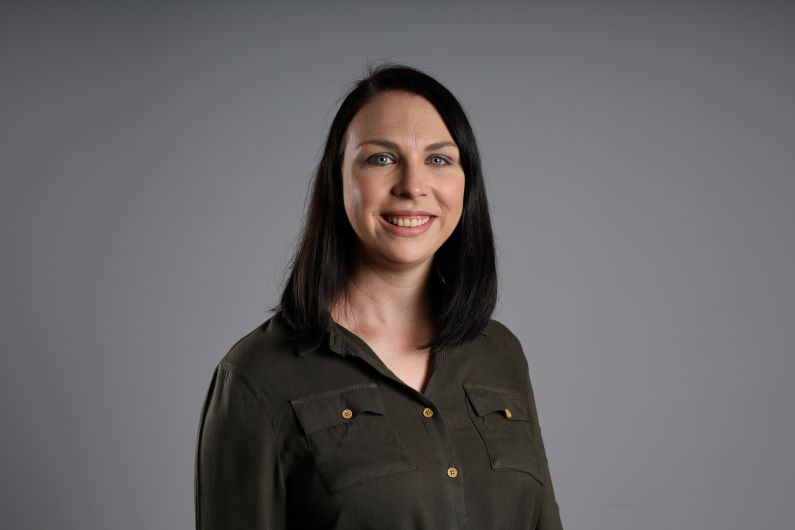
Image: Charmaine Bettesworth
Consulting engineering and infrastructure advisory firm Zutari has clinched top industry awards for its work on the MeerKAT Extension for the South African Radio Astronomy Observatory (SARAO) and the Concor-OptiPower Consortium. The project saw 24 dishes added to the current MeerKAT Array and the establishment of the SKA-MID Array’s first dishes.
Upon completion, the Square Kilometre Array telescope near Carnarvon in the Northern Cape will be the world’s largest radio astronomy telescope, allowing scientists to map the universe with more sensitivity and speed and over greater distances. This will enable transformational science likely to change our understanding of the universe.
Zutari clinched a win for its work in the category for projects from R50 million to R250 million at the CESA Aon Awards 2023 on 16 August. It subsequently received a commendation for Most Outstanding Civil Project (Technical Excellence) at the SANRAL SAICE National Awards 2023 on 18 September. The project was also declared a winner in the Consulting Engineers category at the 2023 Construction World Best Project Awards on 9 November.
“We are proud to have provided the critical base infrastructure needed for these SKA dishes to operate effectively,” says Gabi Wojtowitz, who oversaw the foundation and geotechnical work. Zutari conducted preliminary and detailed design, verification, and construction monitoring for the 24 dish foundations, as well as the power and fibre needed to collect and relay data over vast distances. The project included the complete design verification and design of the access and foundation elements for the remaining 109 dish positions.
Zutari was also responsible for supporting access roads and platforms, buildings, a wastewater treatment plant and a construction camp with water supply and accommodation. A broad collective of engineers and advisors collaborated across traditional boundaries and geographies and with clients and partners to solve several complex problems.
“It is quite a unique project in being a telescope array, which posed different challenges on-site to each of the disciplines involved,” explains Wojtowitz. The strict movement parameters of the dishes required specific stiffness criteria for the foundation design. As a result, there was a lot of cross-discipline work between the structural and ground engineering disciplines on the massive site, which is more than 100 km by 100 km in extent. A 3D geological model was created to assess the ground conditions and manage any risk, with close on-site monitoring during the construction phase.
On the electrical side, Charl Strecker highlights the constraints explicitly related to electromagnetic interference, which meant the team could only communicate via mid-band radios. The highly sensitive nature of the equipment involved meant that there were specific zones where no radio frequency interference was permitted. “The network is also so remote that the electrical component presented its own challenges,” adds Strecker.
“This was not business as usual,” comments Emmanuel Makhele (Structures). “We had to think out of the box regarding collaboration and our design approach.” The tolerances required were outside of the range covered by South African building standards and codes. “We had to be quite innovative in how we designed the foundations.” Having a technical client like SARAO also fed into the design by providing critical feedback. Not only is the site quite remote, but the considerable distance between the dishes themselves requires effective communication and proper coordination from all involved.
Kristel Ortmann (Structures) adds that the fibre and electrical components necessitated ducting through the foundations and careful interfacing between each foundation and its dish pedestal. The design also had to consider any future maintenance or expansion needs for which ready accessand extra ducts had to be provided.
“The team worked really well together. We had a good system in place regarding coordination and streamlining,” says Stiaan Myburgh (Fibre). On the civils side, Shaun Nel points out that Zutari was essentially the designer for the contractor and had to ensure high standards were always adhered to. This was made especially difficult by above-average rainfall in the area during the contract period.
Charmaine Bettesworth highlights that, from a project management perspective, at one point herself and Jana Jooste were dealing with over 3 000 documents per discipline in terms of the reference design. “The client had rigorous review points in place where every design and report was reviewed strictly by an entire panel,” says Bettesworth.
The multidisciplinary team was spread out over South Africa, meaning streamlining was a challenge. “It highlights the way Zutari operates, because collaboration is key in delivering a world-class project like this,” says Bettesworth.
The team strived to minimise the project’s environmental impact, which included designing unconventional overhead line structures to limit the risk to birds and taking river systems and protected species into account when designing access routes to and across the extensive SKA site.
“Zutari is proud to have played a foundational role in making this project a success, which tests the limits of engineering,” says Wojtowitz. Meeting the advanced technology and engineering needs required for the project will continue to provide significant opportunities for local skills development, growth for South African technology companies, and the potential to revolutionise research collaboration.
More news
- DOK-ING’s innovative electric mining equipment unveiled at ElectraMining
- CONCOR’S MASTERY IN FAST TRACK PROJECT IMPLEMENTATION UNDERSCORED BY SAFETY AWARD
- PROMINENT SEA POINT HOTEL REFURBS WITH REHAU
- CONCRETE ROOF TILES USED FOR WALL CLADDING ON COASTAL HOME
- THE GREENEST RESIDENTIAL DEVELOPMENT IN AFRICA?





